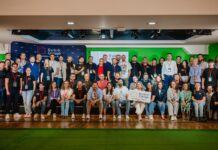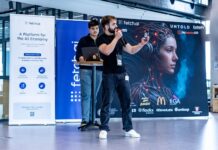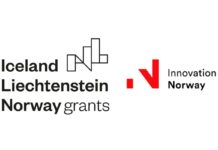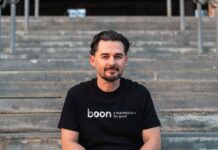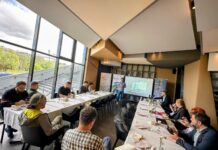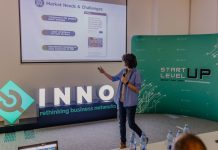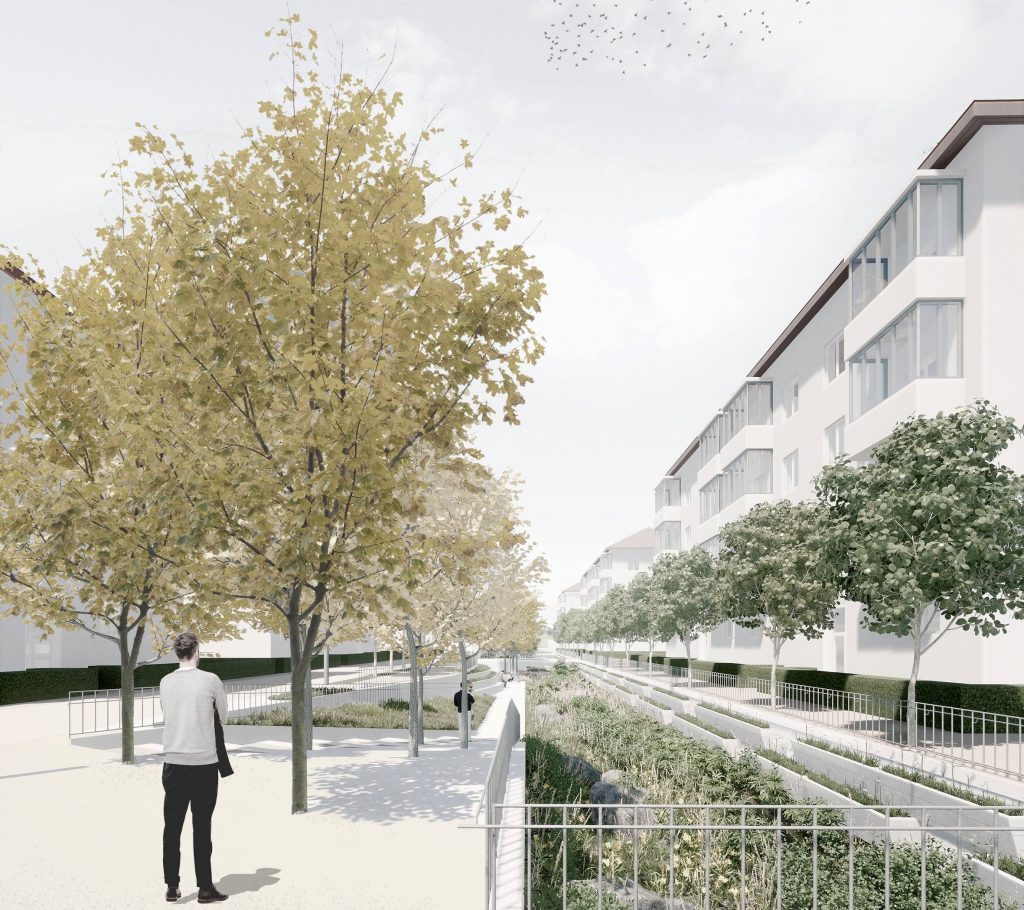
Residents of Floresti, a commune part of the Cluj Metropolitan Area in Romania, wishing to get involved in a project aiming to regenerate the central area of the commune, have now access to Furban, an online digital planner for public spaces. Through this online platform, those interested can make proposals and suggestions on the development of the proposed area. The initiative is part of a pilot project of participatory urbanism in Romania, supported by Floresti City Hall, Cluj Metropolitan Area, Municipality of Cluj-Napoca and the World Bank.
„Our commune is part of a national pilot project of participatory urbanism. Thus, as a citizen of Floresti you can make modernization proposals directly on the Furban platform. This means that you can get directly involved in what the future of the commune looks like and you can come up with design suggestions that will be implemented. At the end of the project we will have a complete proposal for modernization and regeneration of the proposed area.”, announced Bogdan Pirvariu, Mayor of Floresti.
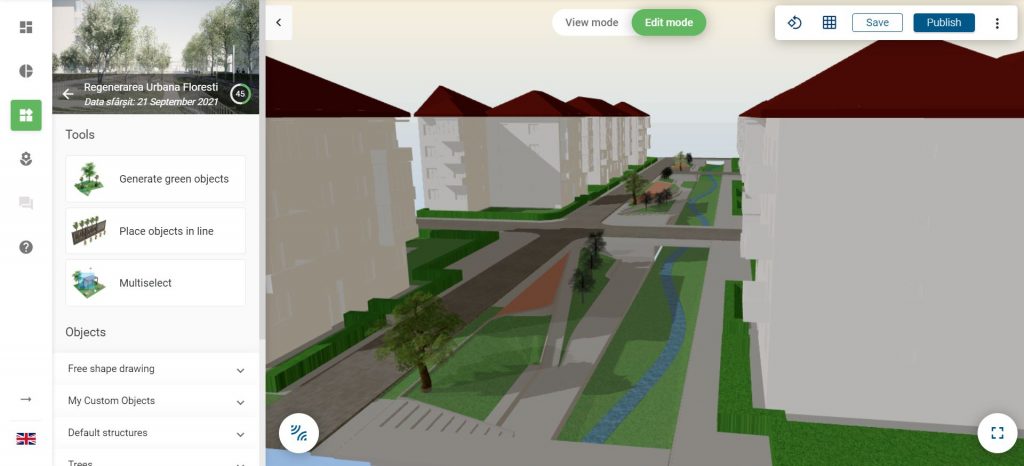
Many residents would love to participate in the design of the parks, streets, or other public spaces in their town or city, but too often the involvement of citizens is limited to an information session, presenting ready-made plans than asking citizens for their opinions. Furban changes that situation, residents and businesses can get to think now alongside each other about the future of their town or city.
Besides the citizens, the architects involved in planning the urban regeneration project in Floresti also love the idea of citizen involvement. For them, it is important that the citizens commit themselves to the future design solutions proposed by the planners and this is easier achievable if they participate actively in the design phase.
“The involvement from the beginning of the future users of the area in the design process is important in order to encourage a commitment by the community to which the future design solutions are addressed to. In addition to the actual contribution in the planning decisions, it is even more important the communication and controversy that can arise from the comments section of the Furban application, from which a number of possible directions of action can be deduced.”, says Vlad Sebastian Rusu, one of the architects involved in the urban regeneration project in Floresti.
History of Furban and future plans
Furban is an online platform developed by Centric IT Solutions Romania, part of Centric group with the headquarters in the Netherlands. Centric has been developing products for municipalities, mainly for the public sector of the Netherlands, for more than 20 years.
Furban started as a project supporting municipalities in the Netherlands, 3 years ago, in their need to comply with a new law, called the Environmental Law, which makes it mandatory for local governments to take into consideration the opinion of the citizens.
In Rotterdam, Furban helped in two urban regeneration projects so far, one project in a park near a school where mostly children are playing and got dozens of designs from the neighbours. Now they’ve put the platform to use for an area in Rotterdam surrounded by houses for old people, and although the age is quite high there, they still got some designs, and got very useful feedback.

“The Furban platform offers a transparent process between the users and municipalities to create a common space, a digital planner for public spaces. The administrators from the municipality will come and set up an area and what they want to do with it. They can choose the objects they want, if they want to have parking spaces, if they want to have trees, flowers, and set up the base of the projects, then the administrator will generate codes for the citizens or a QR code so they can scan it and create their own codes by themselves. Then the people can use the platform and they can design in a 3D editor, they can place the objects and play around with them. Afterwards, when the period ends (because every project has a start and an end date), the municipality must choose the winner, and they need to integrate most of the things that that person placed in the application.”, explains Andra Spiridon, Chief Product Owner of Furban.
Andra Spiridon’s next plans for Furban are mostly regarding improving the 3D editor and integrating the feedback that they got from their last projects, but they are also planning to launch some new developments.
“We developed this year an augmented reality application that lets you see the project that was used by the municipality. So you basically go to that area, you scan with your phone the zone, and the design will pop up on your phone and you can see what might be the result. And this is really nice because you can visualize the results before the development even starts because municipalities, even in the Netherlands, move quite slowly, and it’s kind of good for the people to see the results before even happening. This autumn the AR app will be on the market.”, says Andra Spiridon, Chief Product Owner of Furban.
For now Furban is only available for users in Romania and the Netherlands, but the team is planning to implement it soon in Belgium and other countries too.

